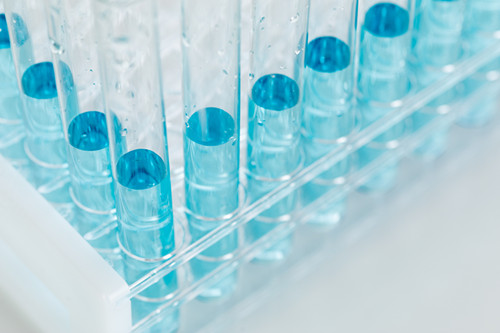Based on proposals from the European Union, the Netherlands, and the United States, the GHS Expert Group Committee plans to clarify the classification standards for germ cell mutagenicity category 1B and consider expanding the scope of mutagenicity classification within the GHS.

Currently, there are two main categories for germ cell mutagenicity hazards:
Germ Cell Mutagenicity Category 1: Substances known to cause or considered likely to cause heritable genetic mutations in human germ cells;
- Category 1A: Substances known to cause heritable genetic mutations in human germ cells (positive evidence from human epidemiological studies);
- Category 1B: Substances that should be considered as likely to cause heritable genetic mutations in human germ cells;
- Positive results from in vivo heritable germ cell mutagenicity tests in mammals; or
- Positive results from in vivo somatic cell mutagenicity tests in mammals, along with some evidence suggesting the potential to cause germ cell mutations. For example, supportive evidence could come from in vivo germ cell mutagenicity/genotoxicity tests, or evidence that the substance or its metabolites can interact with the genetic material of germ cells; or
- Positive test results showing mutagenic effects in human germ cells, without needing to prove heritability to offspring; for example, increased aneuploidy frequency in sperm cells of exposed populations.
Germ Cell Mutagenicity Category 2: Substances of concern due to their potential to cause heritable genetic mutations in human germ cells. Positive evidence from mammalian tests and/or sometimes from some in vitro tests, supported by:
- In vivo somatic cell mutagenicity tests in mammals; or
- Positive results from other in vitro mutagenicity tests supported by in vivo somatic cell genotoxicity tests.
Note: Consideration should be given to classifying substances that have positive in vitro mammalian mutagenicity test results and also show a chemical structure-activity relationship with known germ cell mutagens as Category 2 mutagens.
Currently, after studies by the Genetic Toxicology Technical Committee, it was concluded that there is insufficient data and evidence that the presence of somatic cell mutagens in the blood is adequate to determine that a compound is germ cell mutagenic. These results have led to disagreements among working group members. Some believe there is no need to change the standards, while others insist, for precautionary reasons, that a conclusion on germ cell mutagenicity could be drawn based on criteria more lenient than the current Category 1B, and also consider whether Category 1B should be moved to 1A to expand the scope of 1A.
For the next two-year work plan, the informal working group will:
- Plan to complete any standard revisions for germ cell mutagenicity categories 1A, 1B, and 2;
- Reach consensus on incorporating information from in vitro methods into the text;
- Provide information and recommendations on non-animal test methods for inclusion;
- Decide whether, in addition to the general text, any specific text on germ cell mutagenicity is needed, suggesting its inclusion in Chapter 1.3; and
- Reach consensus on topics needing further explanation in the guidance section of Chapter 3.5 and complete the corresponding text proposals. The revised Chapter 3.5 will be submitted to the committee for review and approval.
After completing the work on clarifying classification standards, the informal working group will revisit the discussion on expanding the scope of mutagenicity classification within the GHS and request the committee to consider incorporating this new item into its work plan. Regarding this proposal, the Netherlands initially suggested keeping "germ cell mutagenicity" and "mutagenicity" in the same hazard category but separating the two effects with different hazard statements; the United States elaborated on the possibility of establishing two independent hazard categories, one for "germ cell mutagenicity" and another for "mutagenicity." In both cases, substances currently classified as germ cell mutagenicity Category 2 would meet the criteria for somatic cell mutagenicity Category 1.
If you need any assistance or have any questions, please get in touch with us via service@jianzaoshiwang.cn.
Further Information

